 |
 |
|

Technical
Forum |
 |
 |
|
|
|
Intel Itanium Processor (Montecito)
|
|
|
DATE/TIME Thursday,
March 31, 2005 (4:30pm to 6:30pm) |
|
PLACE
Bldg. 1 Auditorium (Agilent Technologies,
Fort Collins, CO) |
|
Non-Agilent/HP/Intel
Attendees: Please arrive punctually at 4:15pm as you will
need to be escorted to the seminar
room. We appreciate a courtesy RSVP to bob_barnes@agilent.com
to expedite sign-in and to help us with a headcount estimate for
food/drinks. |
|
DIRECTIONS
|
|
From I-25, take Harmony Road Exit (Exit
265) westbound, and enter Agilent/HP campus on right. Agilent/HP
campus is on the NE corner of Harmony Road and Ziegler Road.
Proceed to Bldg. 1 Lobby to sign-in and meet host for escort to
Auditorium. |
|
COST
Free. As always, pizza &
drinks will be provided. |
|
|
ABSTRACT
|
|
This
special forum is an encore presentation of the four Itanium microprocessor
papers presented last month at ISSCC (International Solid-State Circuits
Conference) in San Francisco, CA. |
|
Seminar
1: The
Implementation of a 2-core Multi-Threaded Itanium-Family Processor
|
- The
next generation in the Itanium family processor family, code-named
Montecito, is introduced. Implementation in a 90nm 7M process,
the processor has two dual-threaded cores integrated with 26.5MB of
cache. Of the total of 1.72B transistors, 64M are dedicated to
logic and the rest to cache. With both cores operating at full
speed, the chip consumes 100W.
- Authors:
Sam Naffziger, Blaine Stackhouse, Tom Grutkowski
- Speaker:
Sam Naffziger (biography)
-
ISSCC
Paper Presentation
Slides (copyright by IEEE)
|
|
Seminar
2: Clock
Distribution on a Dual-Core Multi-Threaded Itanium-Family Processor
|
- Clock
distribution on the 90nm Itanium processor is detailed. A
region-based active de-skew system reduces the PVT sources of skew
across the entire die during normal operation. Clock vernier
devices inserted at each local clock buffer allow up to a 10%
clock-cycle adjustment via firmware or scan. The system supports
a constantly varying frequency and consumes <25W from PLL to latch
while providing <10ps of skew across PVT.
- Authors:
Patrick
Mahoney, Eric Fetzer, Bruce Doyle, Sam Naffziger
- Speaker:
Patrick Mahoney (biography) Bruce Doyle (biography)
-
ISSCC
Paper Presentation
Slides (copyright by IEEE)
|
|
Seminar
3: A
90nm Variable-Frequency Clock System for a Power-Managed Itanium-Family
Processor
|
- A
clock-generation system delivers fixed- and variable-frequency clocks
for adaptive power control on a 1.7B-transistor dual-core CPU.
Frequency synthesizers digitally divide a fixed-frequency PLL clock in
1/64th cycle steps using programmable voltage-frequency-converter
loops. 1-cycle loop response tracks supply transients with
adaptive modulation, improving CPU performance by over 10% compared to
a fixed-frequency design.
- Authors:
Tim
Fischer, Ferd Anderson, Ben Patella, Sam Naffziger
- Speaker:
Ben Patella (biography)
-
ISSCC
Paper Presentation
Slides (copyright by IEEE)
|
|
Seminar
4: Power
and Temperature Control on a 90nm Itanium-Family Processor
|
- This
paper describes the embedded feedback and control system on a 90nm
Itanium-family processor, code-named Montecito, that maximizes
performance while staying within a target power and temperature (PT)
envelope. This system utilizes on-chip sensors and an embedded
micro-controller to measure PT and modulate voltage and frequency to
meet PT constraints.
- Authors:
Christopher
Poirier, Richard McGowen, Christopher Bostak, Sam Naffziger
- Speaker:
Jim Ignowski (biography)
-
ISSCC
Paper Presentation
Slides (copyright by IEEE)
|
|
|
SAM
NAFFZIGER (Intel, Fort Collins, CO)
|

|
Sam Naffziger is an Intel fellow directing
Itanium Circuits and Technology in the Digital Enterprise Group. He
provides technical direction for the design of Itanium microprocessors and
exploring and developing technologies for a broad range of Intel's server
processors. Naffziger joined Intel in 2005 as part of Intel's hiring
action of the Hewlett-Packard processor design team, in which he led
development of the Itanium2 processor roadmap for eight years. He
joined HP in 1988 in the ASIC design group before moving to processor
development where he became a technical lead for PA-RISC processor
development and contributed to significant advances in that
architecture. He holds 59 U.S. patents and has published papers in
the Journal of Solid-State Circuits and the Journal of VLSI. |
|
|
PATRICK
MAHONEY (Intel, Fort Collins, CO)
|

|
Patrick Mahoney is a Staff Engineer at Intel
and works on the Itanium family of processors in the Digital Enterprise
Group where his focus has been on high-speed digital circuit design.
He joined Intel in 1995 and worked on the cache design of Intel's Pentium
microprocessor. In 1997, he moved to Fort Collins, CO, and joined
the Itanium 2 microprocessor team working on circuitry for the L1 data
cache for the first Itanium 2 codenamed McKinley. More recently he
worked on the design of the clock distribution system on the newest
Itanium processor code named Montecito. He holds a BSc and MSc Electronics from Durham University, Durham, United Kingdom. |
|
|
BRUCE
DOYLE (Intel, Fort Collins, CO)
|
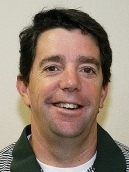
|
Bruce Doyle is a Staff Engineer at Intel and
works on the Itanium family of processors in the Digital Enterprise
Group. His main focus has been circuit and architectural
contributions to the advance clocking system found the newest Itanium
processor code named Montecito. Doyle joined Intel in 2005 as part
of Intel's hiring action of the Hewlett-Packard processor design
team. He joined HP in 2002 and since then has focused on the design
and development of high speed links based I/Os and advanced clocking
systems. Prior to joining HP he worked in the areas of memories,
graphic accelerators, and LCOS displays with a strong focus on mixed
signal and analog design. He holds 11 U.S. Patents. |
|
|
BEN
PATELLA (Intel, Fort Collins, CO)
|

|
Ben Patella is a Design Engineer at Intel and
works on the Itanium family of processors in the Digital Enterprise
Group. His main focus has been circuit and architectural
contributions to Montecito's Voltage to Frequency Converter, which enables
variable frequency clocks for Foxton power management. Patella
joined Intel in 2005 as part of Intel's hiring action of the
Hewlett-Packard processor design team. He joined HP in 2001 after
receiving his BS in Computer Engineering and MSEE from the University of
Colorado, Boulder, CO. Patella's M.S. thesis, "Implementation
of a Low-Power, High Frequency Digital Pulse Width Modulation
Controller", won the Engineering College award for Excellence in
Scholarship and Research. |
|
|
JIM
IGNOWSKI (Intel, Fort Collins, CO)
|

|
Jim Ignowski is currently employed by Intel,
working on the Itanium family of processors in the Digital Enterprise
Group. His primary focus is
analog circuit design for thermal and power management (Foxton Technology)
on the newest Itanium processor code named Montecito. Ignowski
joined Intel in 2005 as part of Intel's hiring action of the
Hewlett-Packard processor design team. He joined HP in 1984 and held
a number of individual contributor and technical management positions in
R&D, manufacturing, and marketing. He has a BSEE from Rice
University, Houston, TX, and an MSEE from Stanford University, Stanford,
CA, and holds 3 U.S. Patents. |
|
|
PHOTOS
Courtesy of Bob Barnes
|
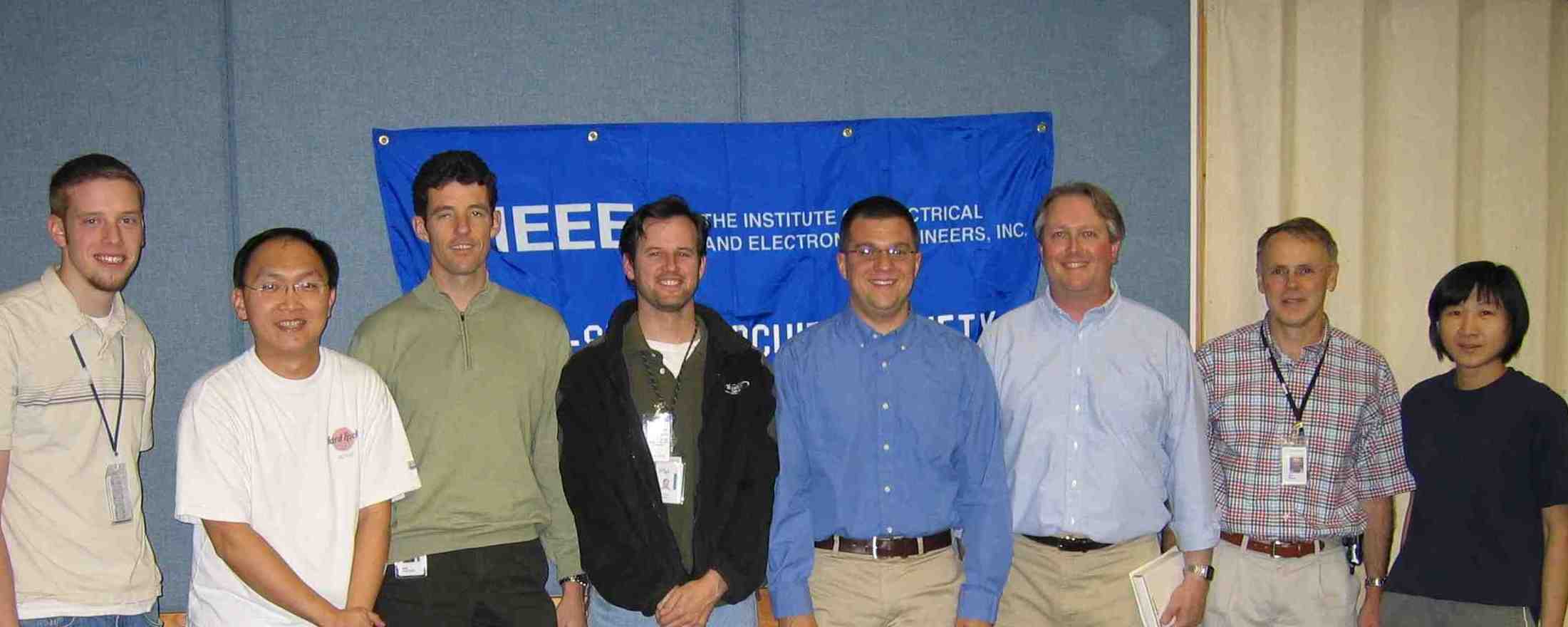

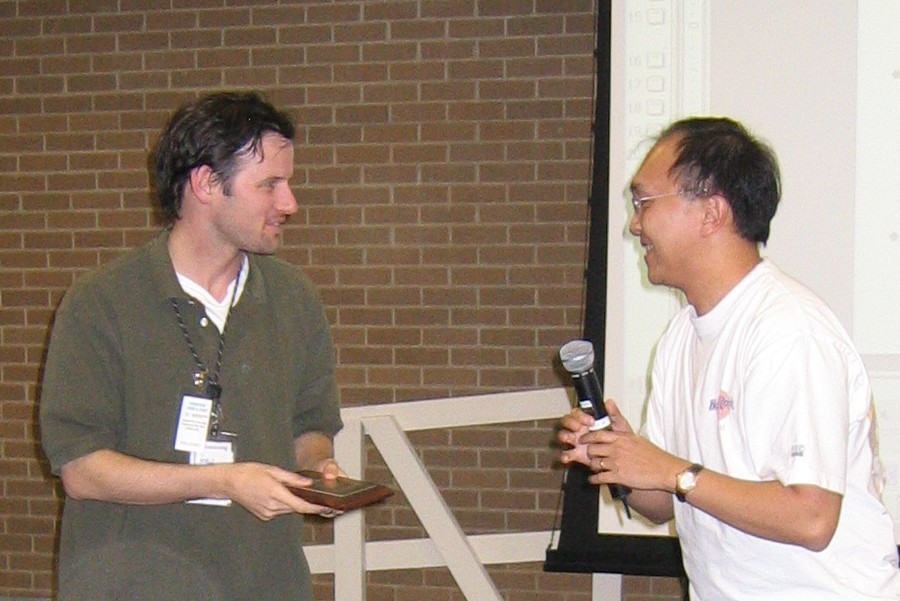
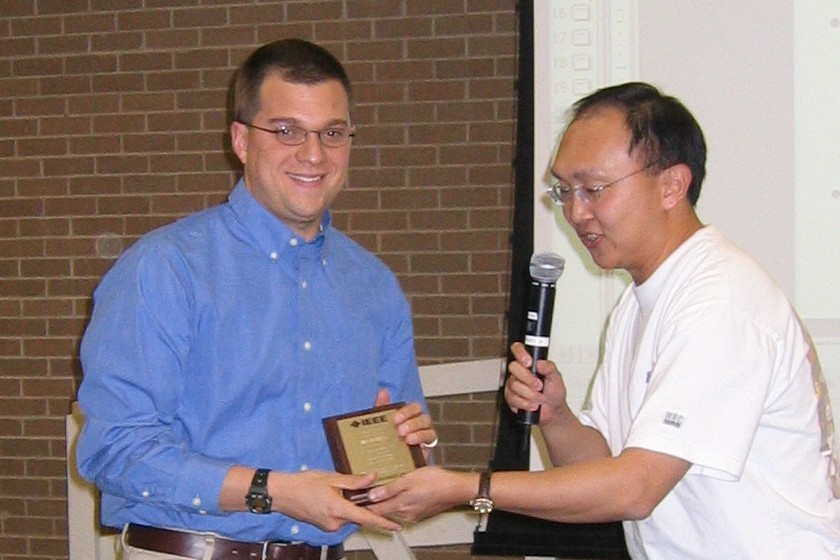
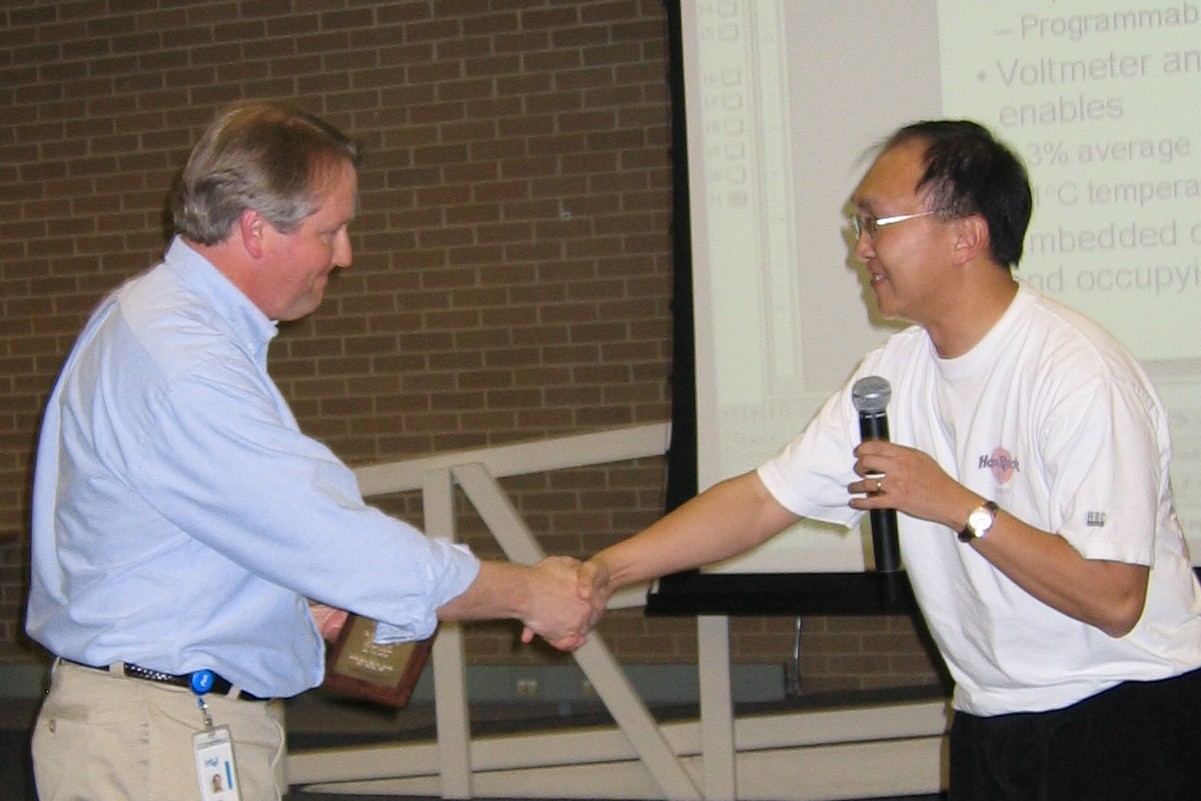
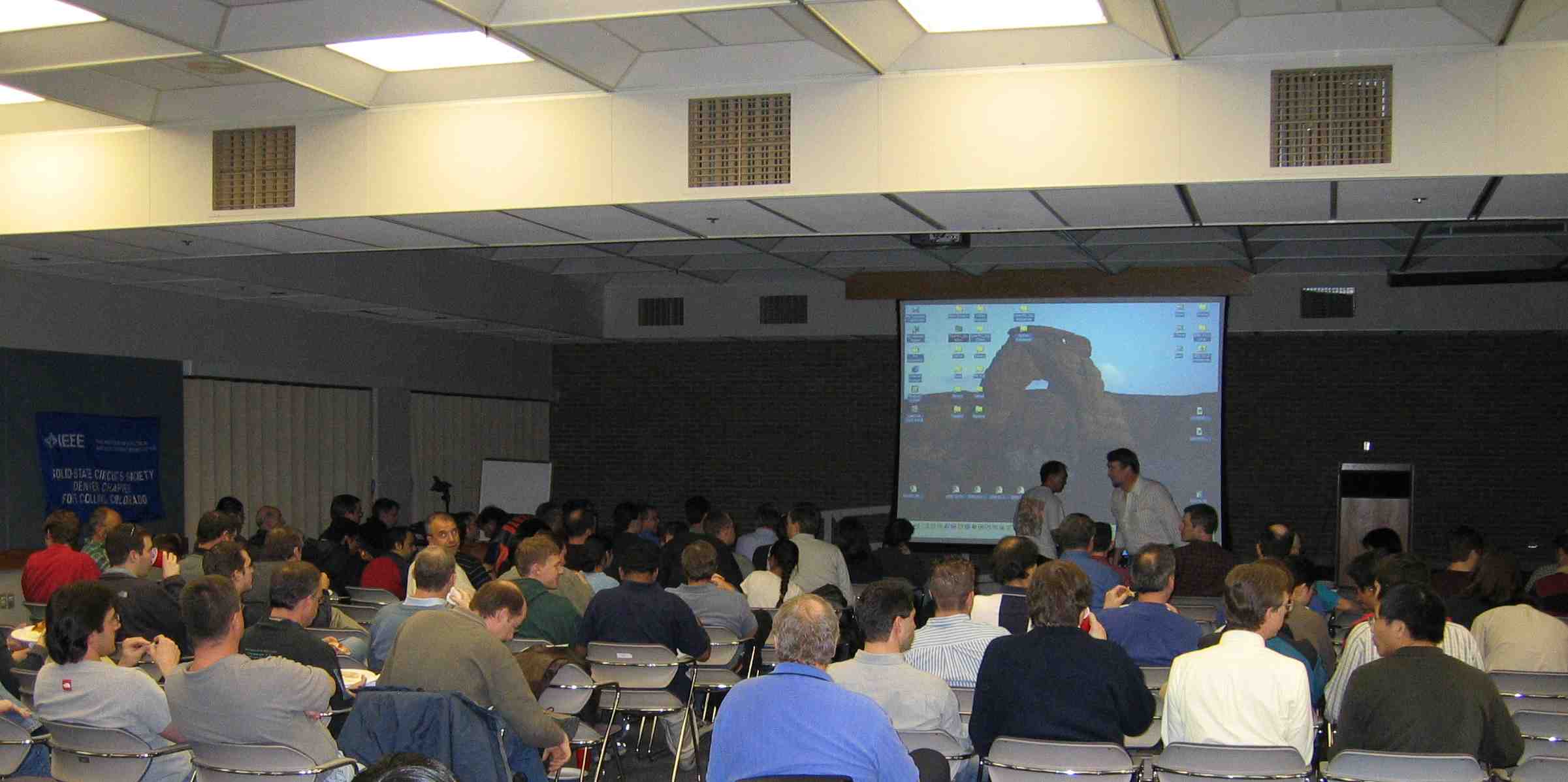
|